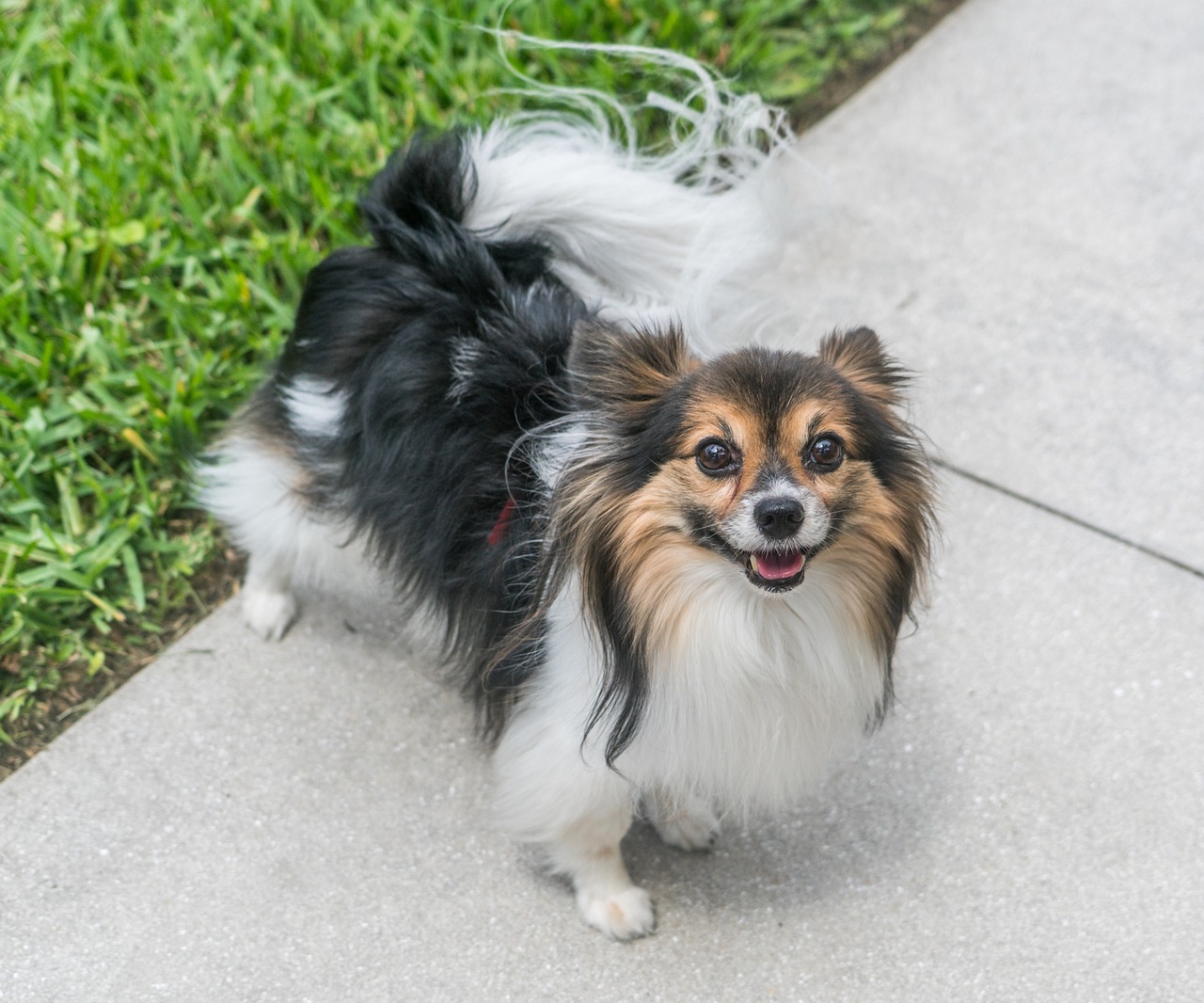 Shutterstock
Shutterstock
In the dazzling days of the 1800s, when hoop skirts were wide, corsets were tight, and carriages clicked along cobblestone streets, society’s elite didn’t dare attend a ball or promenade without their most prized accessory: a fabulously fashionable dog. These canine companions weren’t just pets—they were status symbols, trendsetters, and lap-warming VIPs in drawing rooms across Europe and beyond. The more extravagant your hat, the more pampered your pooch had to be. Think velvet-lined beds, custom collars, and possibly more hair maintenance than their humans.
Pomeranian
 Shutterstock
Shutterstock
The Pomeranian’s rise to stardom began when Queen Victoria fell head over heels for this pint-sized fluffball during a visit to Italy. Once a larger working dog, the breed was downsized and glammed up to fit the royal aesthetic. With their voluminous coats and proud, prancy gait, Pomeranians quickly became the dog of choice for noblewomen and fashionable ladies who wanted a dog that could double as a living, barking brooch. They often adorned lapels and lounged in jewel-lined handbags, if handbags had been a thing back then. Tiny, fluffy, and full of attitude—just what every 1800s socialite needed.
Cavalier King Charles Spaniel
 Shutterstock
Shutterstock
A breed with royalty practically stamped in its name, the Cavalier King Charles Spaniel was beloved by British aristocracy and continental elites alike. These charming dogs were often seen lounging on velvet cushions, perched in portraits beside powdered wigs and pearls. Their long ears and expressive eyes melted hearts faster than a candle at a dinner party, and they were known to have impeccable lap-warming skills. With their regal posture and gentle temperament, they made perfect companions for high-society tea parties and carriage rides through Hyde Park. They weren’t just fashionable—they were aristocratic accessories.
Toy Poodle
 Shutterstock
Shutterstock
The Toy Poodle wasn’t just a dog—it was a walking, barking fashion statement in 1800s European circles. Their hypoallergenic coats made them perfect for primping and dyeing (yes, even back then), and their high intelligence meant they could learn charming little tricks to entertain bored guests. Whether clipped in a lion cut or wearing a lace-trimmed collar, Toy Poodles strutted through ballrooms and salons like they owned the place. Their popularity among the French and English nobility turned them into four-legged celebrities. Think of them as the influencers of the powdered wig generation.
Maltese
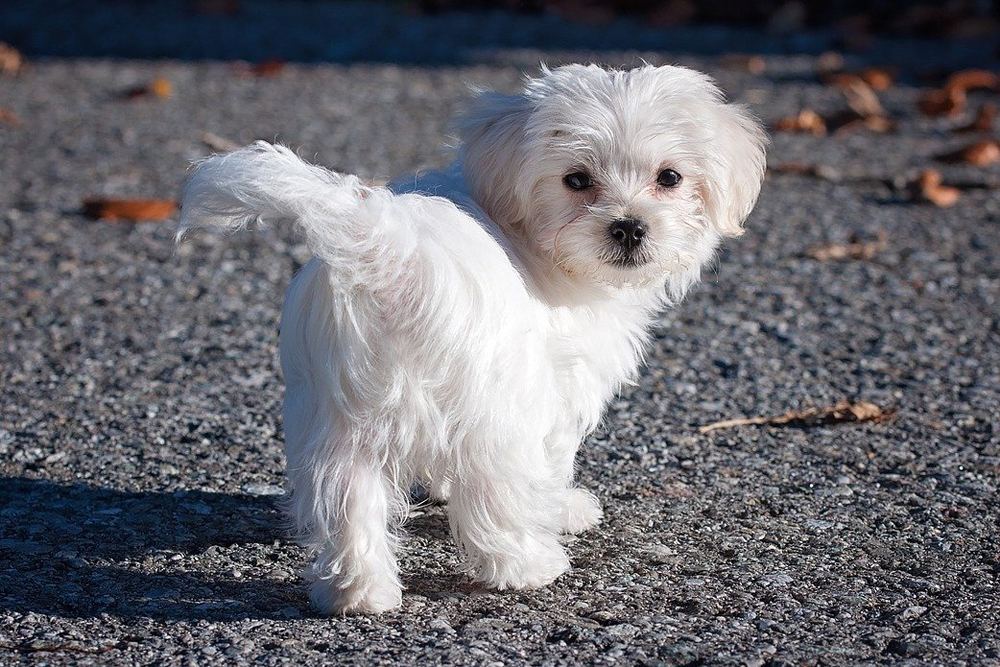 Shutterstock
Shutterstock
With a silky white coat that practically begged to be draped in ribbons, the Maltese was a favorite of refined ladies who adored a dash of drama in their pets. This ancient breed was already centuries deep in luxury by the 1800s and had no plans of leaving the high life. Socialites would proudly showcase their Maltese during visits, afternoon teas, and posing for elaborate oil portraits. Always groomed to perfection, they embodied glamour before Instagram ever existed. If these dogs could talk, they’d probably ask where their fan club went.
Japanese Chin
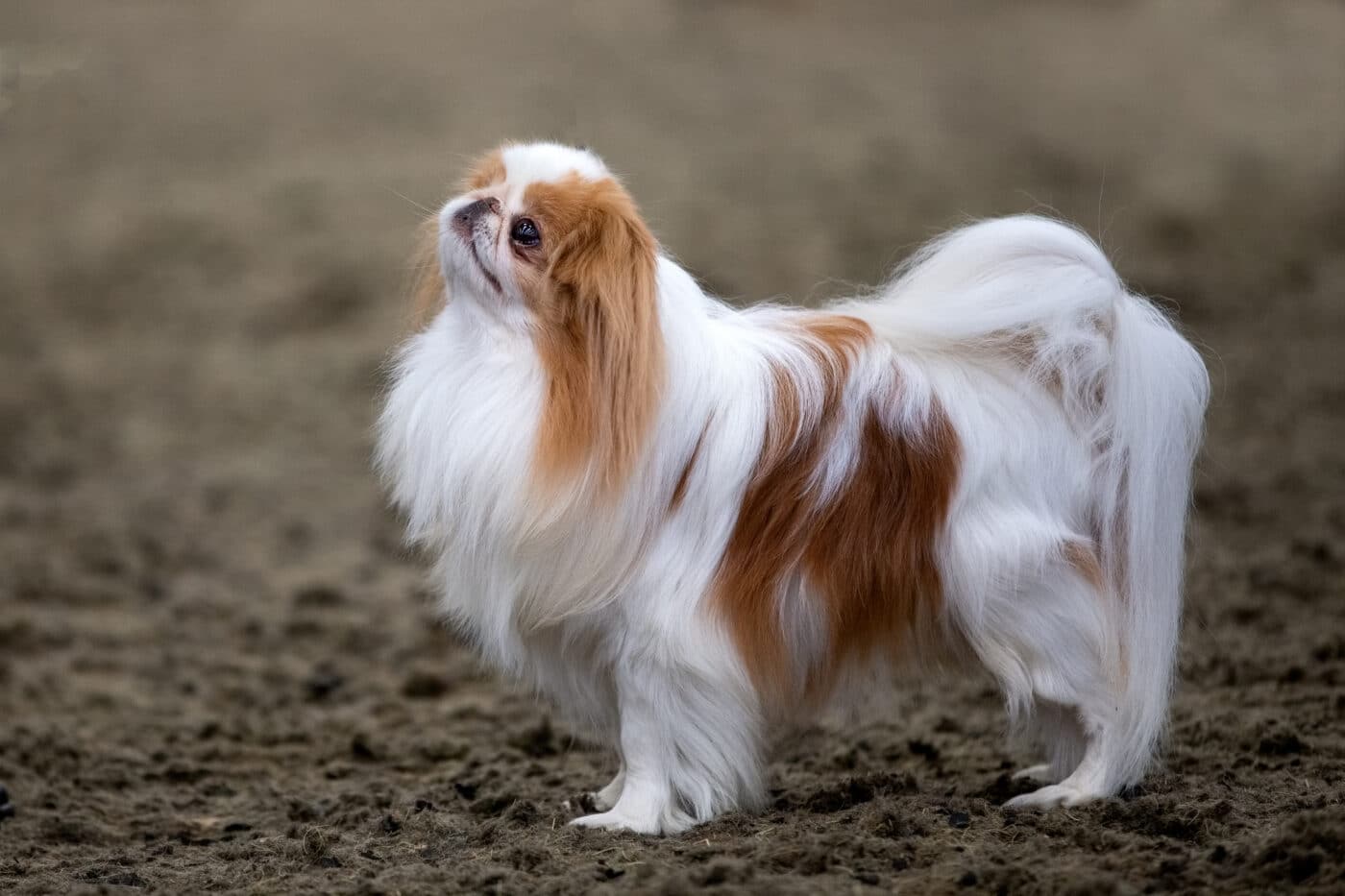 Shutterstock
Shutterstock
Exotic, dainty, and irresistible to the Victorian elite, the Japanese Chin became a must-have dog for those who wanted to show off their worldliness. Gifted to Western aristocrats through diplomatic channels, these little dogs were often kept by ladies who liked their fashion—and their dogs—delicate and unique. Their plumed tails, flowing coats, and expressive faces made them instant art pieces. With a slight air of mystery and a tendency to perch like royalty, they often sat silently judging the rest of the room. Your average 1800s art critic in dog form.
Italian Greyhound
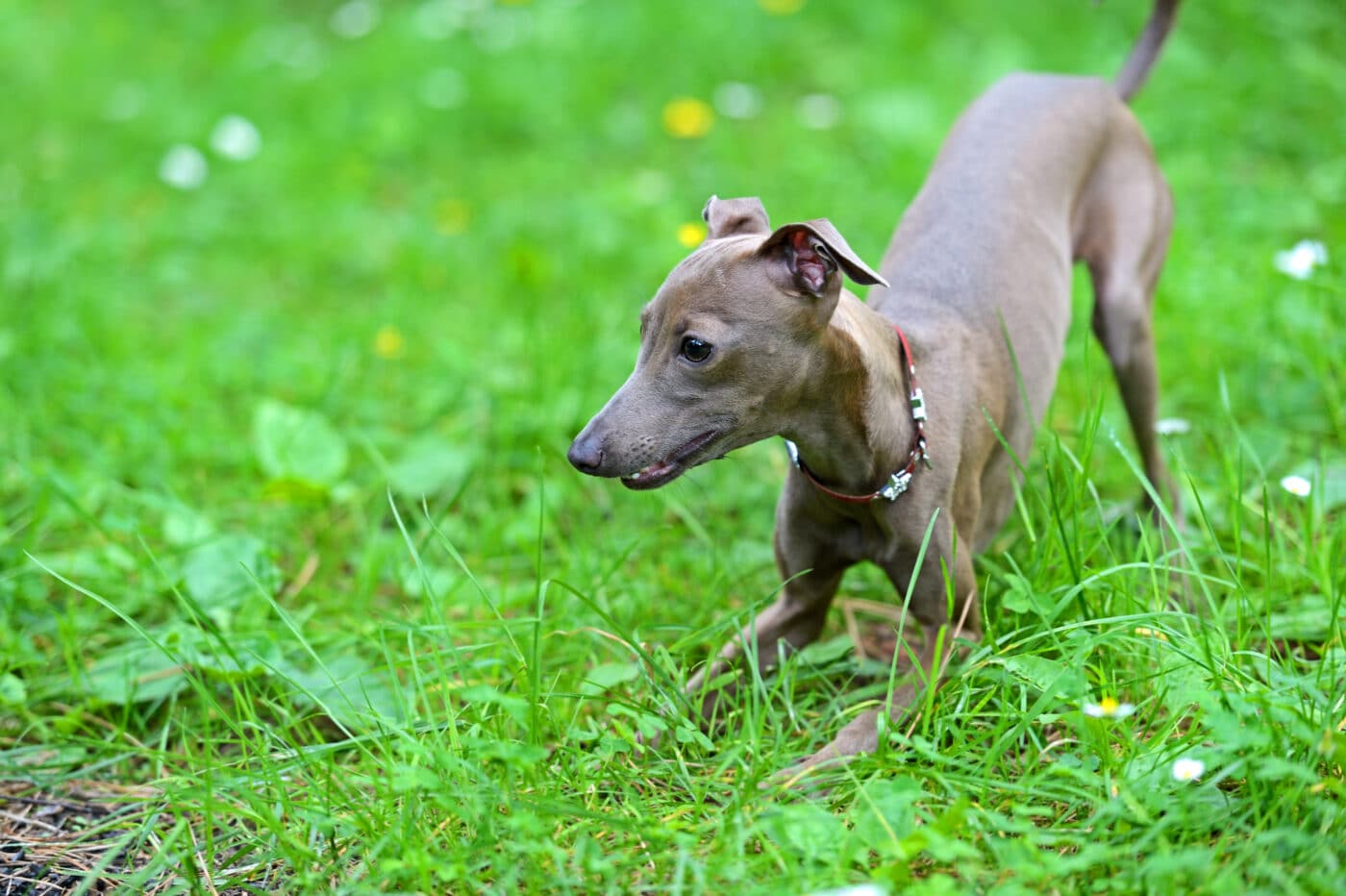 Shutterstock
Shutterstock
Slim, statuesque, and sleek, the Italian Greyhound was a darling of fashionable circles in the 1800s, especially among those who enjoyed flaunting their refined tastes without saying a word. These little sighthounds looked like living marble sculptures and carried themselves with a kind of fragile drama that paired well with opera nights and art exhibitions. Draped in miniature capes and cashmere (when not lounging in their owner’s lap), they embodied effortless elegance. These dogs didn’t bark—they whispered judgment. Perfect for aristocrats who wanted a dog with presence but not too much volume.
Borzoi
 Shutterstock
Shutterstock
For Russian and European aristocrats with a flair for the dramatic, the Borzoi was a favorite for both fashion and function. These tall, elegant sighthounds with flowing coats were often gifted among royalty and featured in the background of romanticized paintings and hunting parties alike. Their noble bearing and regal attitude made them look like they were always one monocle away from owning land. Owning a Borzoi was a declaration: “Yes, I ride horses at dawn and sip champagne by noon.” A breed for socialites with extra square footage and serious style.
Yorkshire Terrier
 Shutterstock
Shutterstock
Originally bred for catching rats in textile mills, the Yorkshire Terrier had one of the most glow-up stories of the 19th century. Once refined into a smaller, glossier version of itself, the Yorkie climbed the social ladder faster than a debutante with a royal engagement. Their long, silky coats became the envy of women’s fashion circles, and soon enough, Yorkies were being adorned with bows and jewels and carried around as accessories. Despite their tiny size, they carried enough attitude to rule a room—and maybe a parlor or two.
Papillon
 Shutterstock
Shutterstock
Known for their butterfly-like ears and dainty frame, Papillons fluttered their way into high society with ease. This breed was a staple in European courts, and by the 1800s, they were considered both adorable and fashionable companions for socialites who preferred refined drama over barky chaos. Their fine bone structure and intelligent eyes gave them a delicate charm that perfectly complemented silk gloves and lace-trimmed fans. These dogs were portable elegance with the perk of occasional sass.
Chinese Crested
 Shutterstock
Shutterstock
In a time when uniqueness was fashionable and a little exotic flair could set one apart, the Chinese Crested was the ultimate conversation starter. Often kept by performers, eccentrics, and daring socialites, these mostly hairless dogs were dressed up with cloaks, hats, and accessories to enhance their quirky charm. Their unusual appearance made them a hit among those who wanted to stand out from the standard lapdog crowd. They may have lacked fur, but they never lacked fashion. They were the David Bowie of Victorian dog breeds.
Bichon Frise
 Shutterstock
Shutterstock
The Bichon Frise had long been a court favorite in France, and by the 1800s, it was still enjoying VIP treatment across Europe. With its fluffy white coat and peppy personality, the Bichon was the ideal sidekick for fashion-forward nobles who liked their pets as bubbly as their champagne. These dogs were often trimmed into powder puff perfection and had more scheduled beauty appointments than some dukes. Happy, huggable, and high-maintenance—just the way aristocrats liked them.
Lhasa Apso
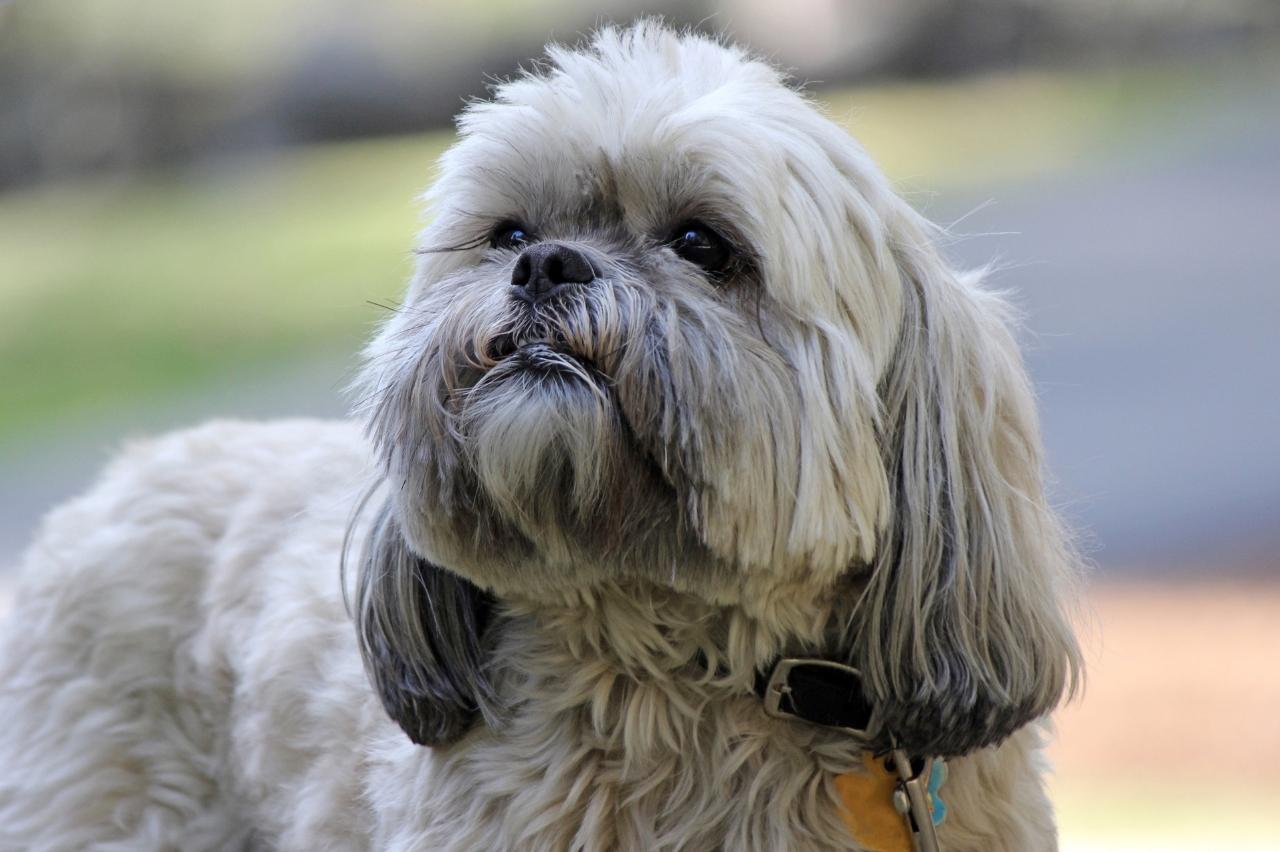 Shutterstock
Shutterstock
Straight from the temples of Tibet to the laps of the European elite, the Lhasa Apso brought a touch of spiritual mystery and long, flowing fur to fashionable households. These dogs were often seen as sacred in their homeland, and once they reached the salons and parlors of the West, they became status symbols for people who liked their dogs wise, fluffy, and vaguely mystical. They were low to the ground but high in status, and their coat practically demanded admiration and a fancy comb.
The True Aristopaws of the 1800s
 Shutterstock
Shutterstock
These fabulous dog breeds defined 1800s high fashion with more poise than a duchess on her third glass of sherry. These stylish pups weren’t just fluff—they were fashion icons, gossip magnets, and occasionally more photogenic than their owners. Whether perched in portraits or promenading through parks, these dogs knew how to serve face and lace in equal measure. So the next time your dog refuses to sit unless it’s on velvet, just remember—it’s not being spoiled. It’s simply living its best 19th-century socialite fantasy.

 1 month ago
10
1 month ago
10
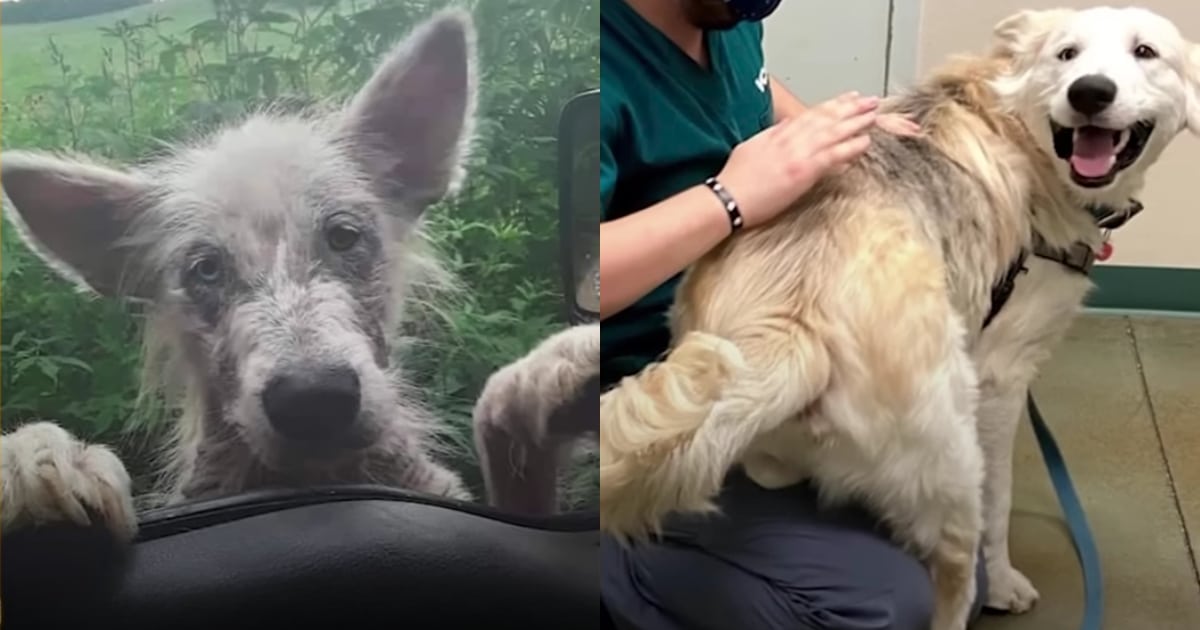

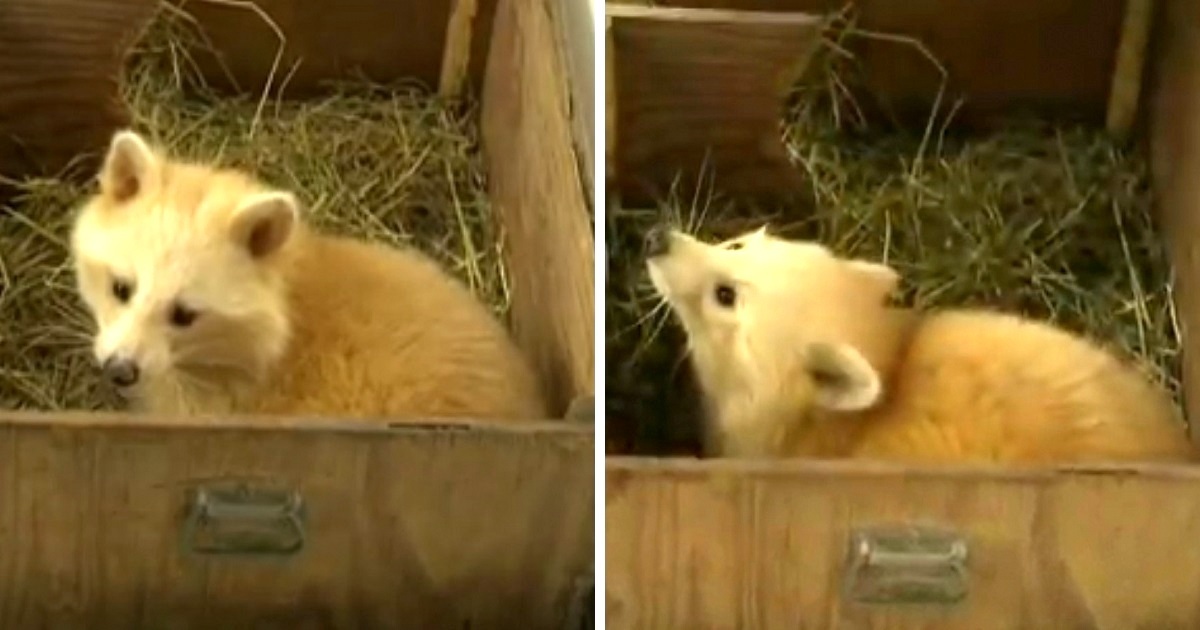
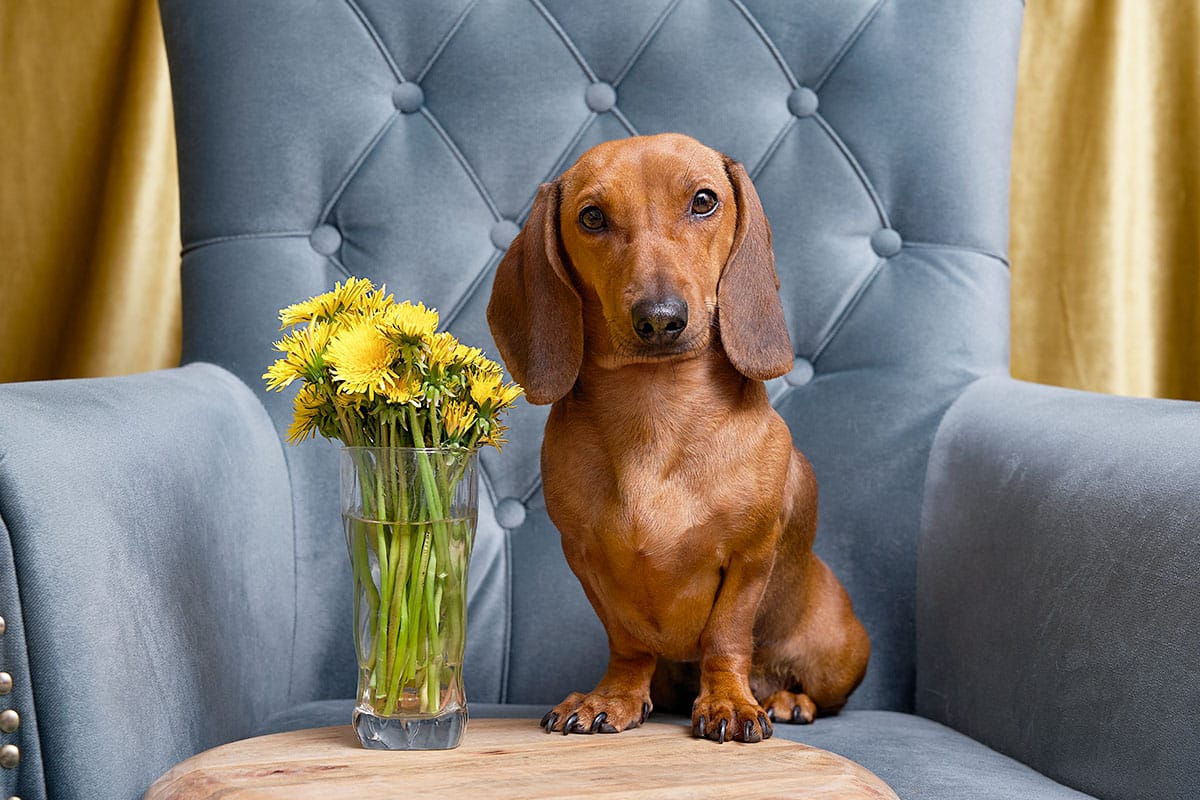

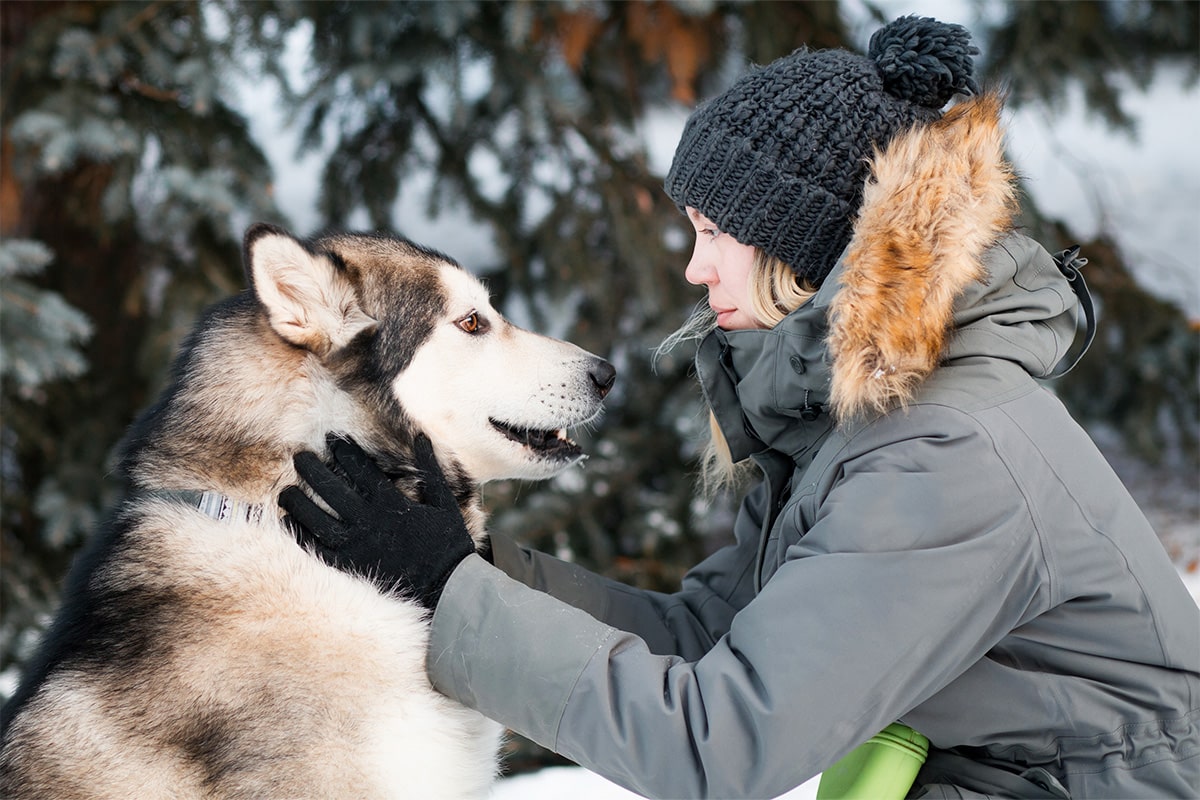
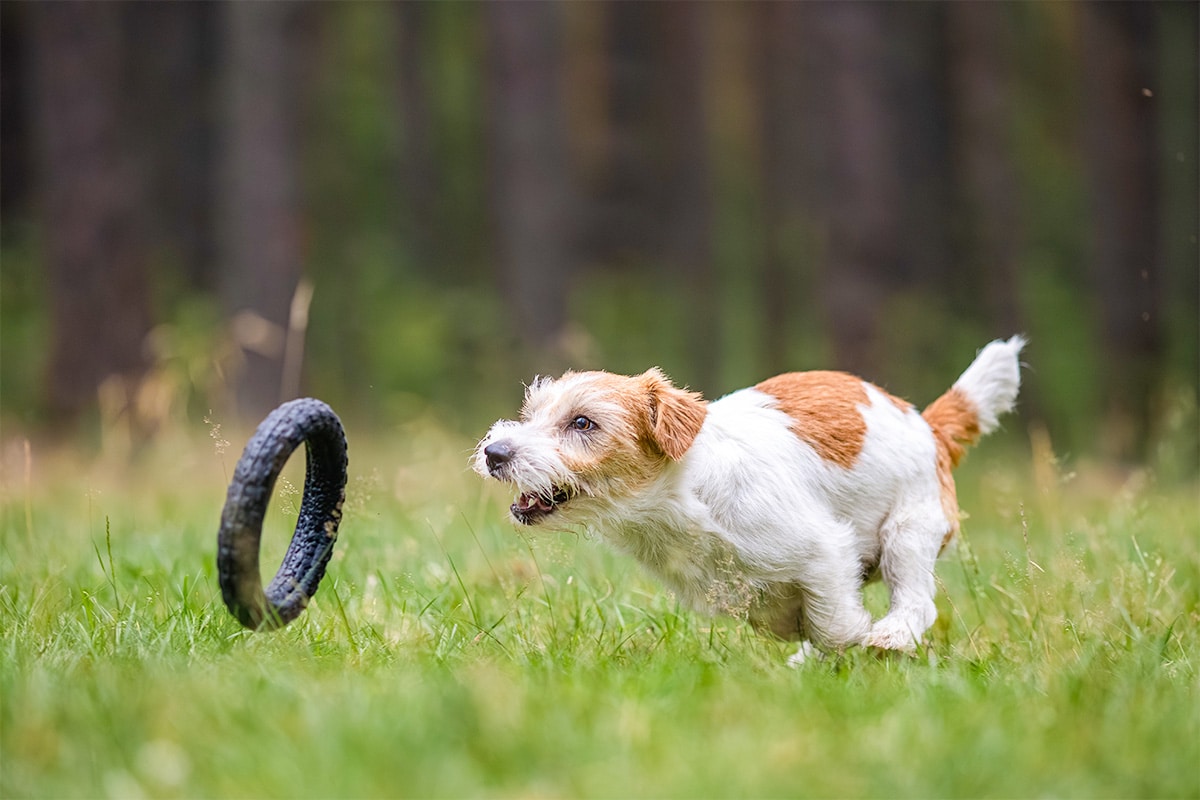
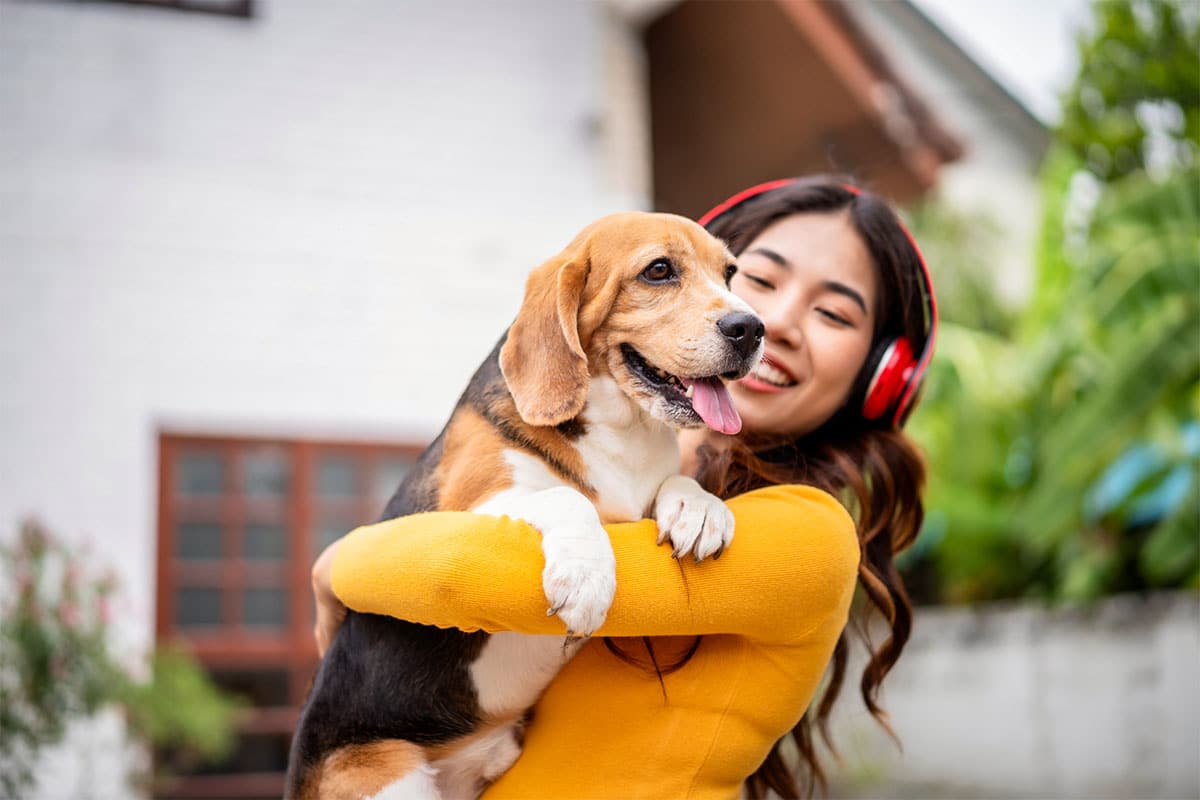

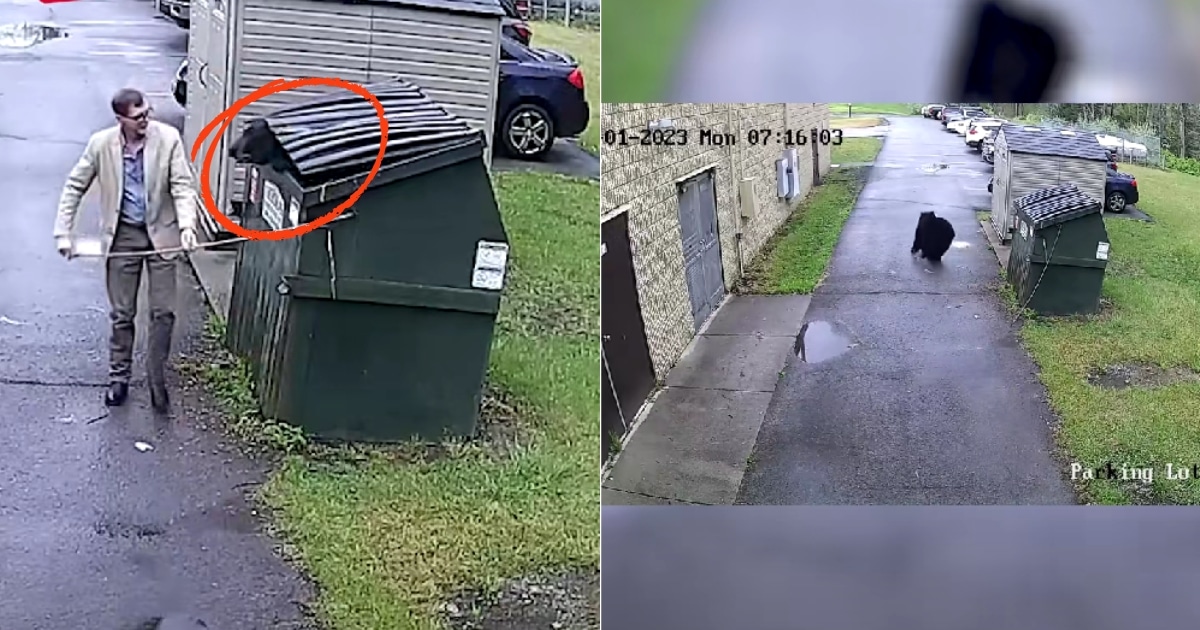


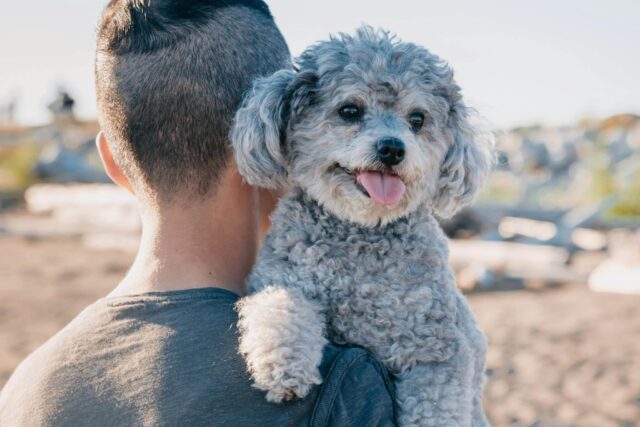
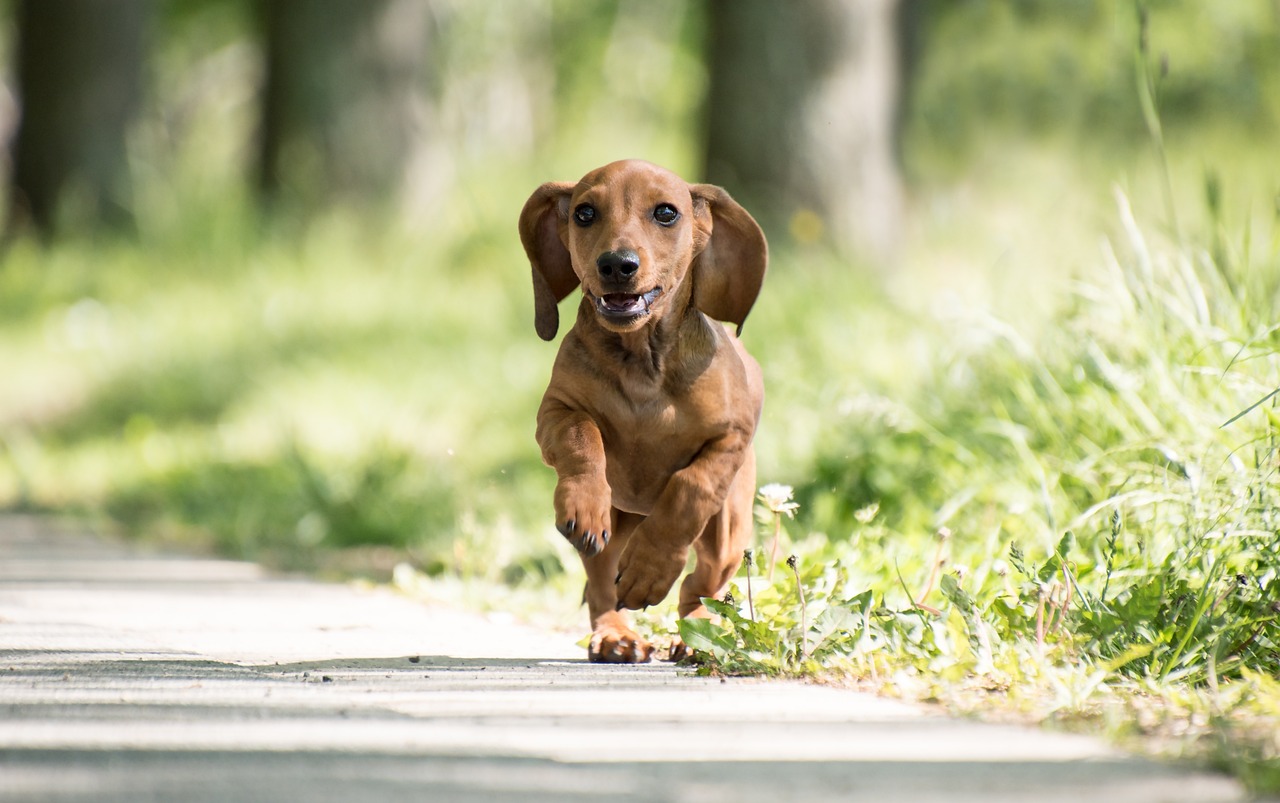




 English (US) ·
English (US) ·